Every single picture in a six-image narrative can be considered a building block. Single pictures are the elements we can add, take away and rearrange into varying sequences. I would like to take a closer look at those building blocks to see what they can do for us in terms of a narrative, and what we can do with them.1
That said, we also need to understand what we mean when we talk about narratives. Definitions abound—because narrating is one of the most basic human activities, and we don’t only use it in fiction but also when we recount history, make a case in court or report the parliament’s last debate on the news. For our purpose however, a rough understanding will do. I will use the term in the sense that a narrative connects two different situations, or—more abstractly—two different states of the world in two different moments. It tells us how we got from situation A to situation B.2
So it can be said that narratives essentially deal with time: Before and after, cause and effect, plan and execution. Remembering that a photograph is just a ‘slice of time’, a ‘frozen’ moment, we already get a sense where this is going.
Single-image narratives?
We might agree that a narrative connects a multitude of moments and that one picture can stand for such a moment, but I’d still like to take a step back and ask if a narrative can be obtained in one single picture.
A photo can very well link several situations or events exactly because it is only a slice of time. Consider the picture above: a woman leaving a building, stepping down into the street. Pictures like this one feel transitory to me. The door must just have closed, she must have been further up on these stairs before; she will step on the sidewalk the next moment. While we cannot be sure about any of this, her right foot, suspended in the air, allows us to assume that this is what’s happening.
Why should we think so? We’ve seen things like this happen in our everyday lives. We’ve seen it so often that we might not even really pay attention anymore. We deduce that this is the sequence of events we are looking at (like we deduce the sun will rise tomorrow from the numerous dawns we’ve experienced through our lives). I mention this because it’s usually everyday experience that helps our audience understand our pictures.
When more is more
Let’s now take a look at two pictures, two situations. How can we connect them? Just imagine, for example, one moment we have a full plate, and in the next moment, the plate is empty. Please note that simply by putting these two situations in a temporal order we already establish a narrative. The same is true for juxtaposing the following two pictures. (We can also observe that by changing the sequence, we would also change the story.)

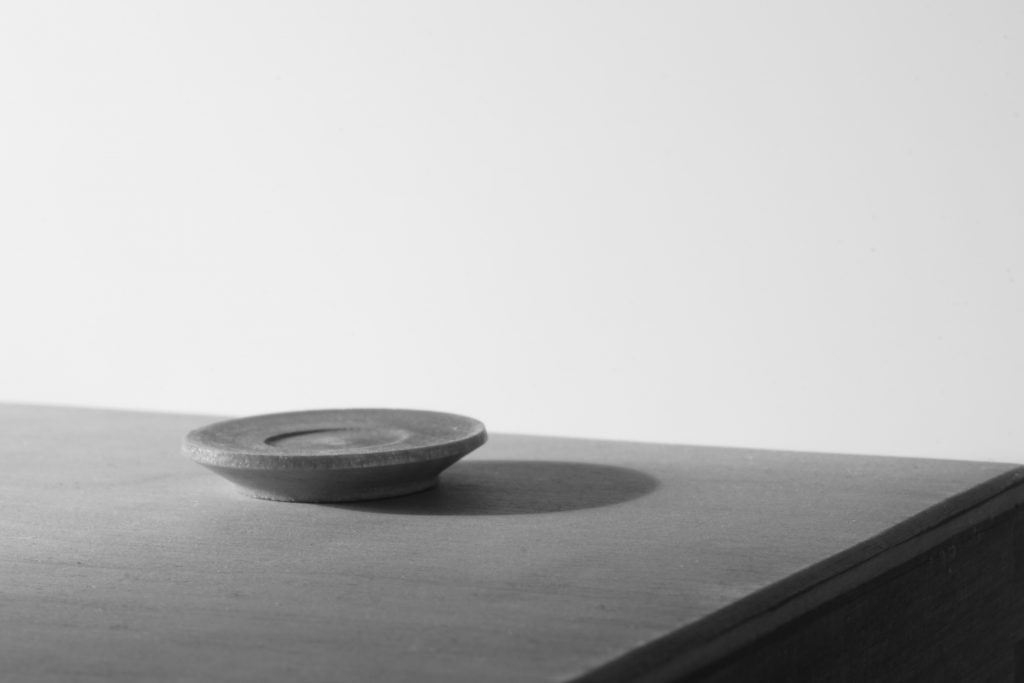
But we can use even more narrative to explain what happened. We can connect these two by saying that the cat ate the food. That’s more narrative, and it might contain all the information we need. However, when we tell the story for entertainment, that might still be a bit terse, not to mention that a few more narrative steps might add more information, possibly helping the audience understand. To elaborate our narrative, we could add that the clever beast waited till no one was looking, assessed the situation for a moment, hopped on the table, and emptied the plate. So let’s insert the following two pictures between the first ones.
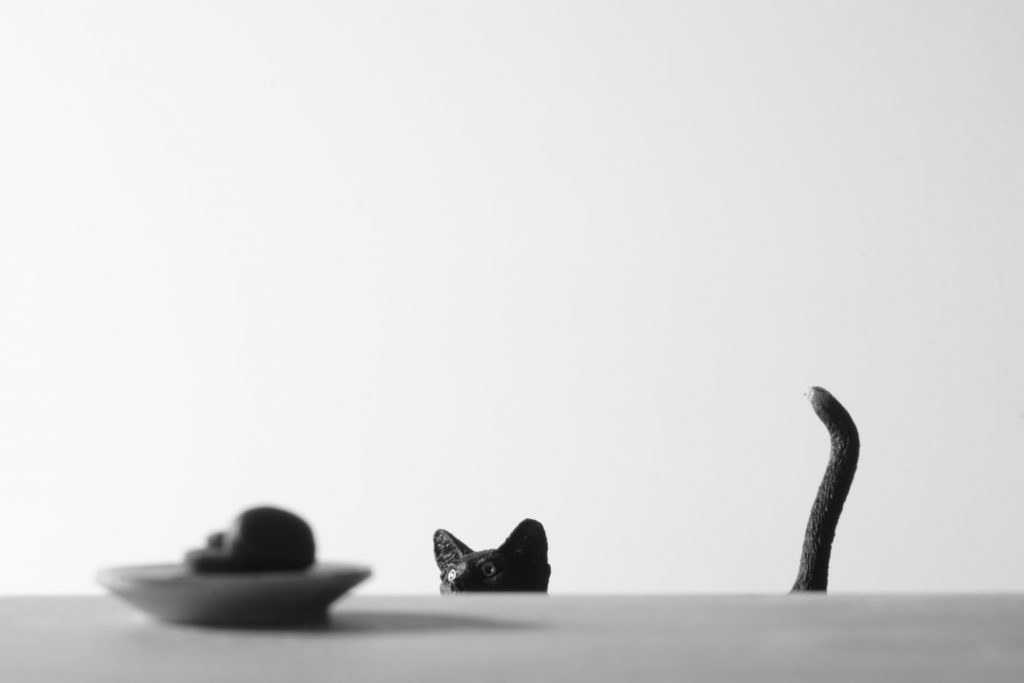
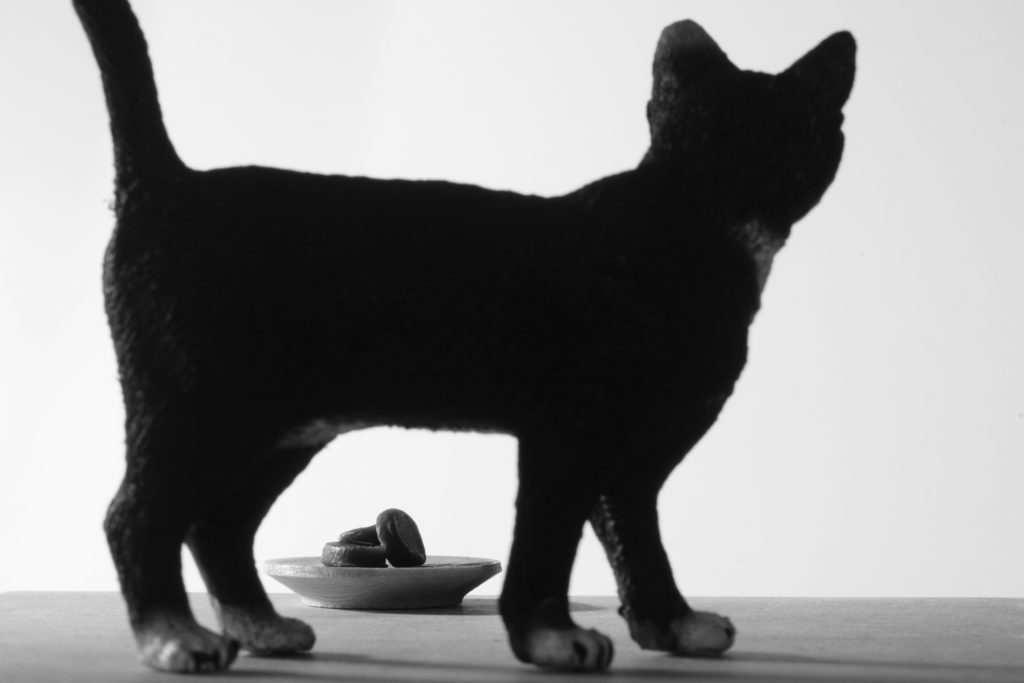
This might even lead to a confrontation between hungry human and well-fed cat.
Again, we are free to choose the sequence of these four pictures to our liking. We could, for example, start with the human returning, noticing the empty plate and asking whodunnit. That would be the beginning of a mystery story, and we’d then kind of tell the story backwards, the way it unfolds for the investigator. When we put it that way, we move our initial question—What happened; how did we get from full plate to empty plate?—from the meta-level into the narrative: Now it’s up to the story’s character to find out and explain.
Speaking of shifting perspectives: We could also assume the cat’s perspective. Maybe it did not steal the food but instead witnessed the theft and now sets out to prove its innocence…
Whatever path you choose, you’d naturally have to find a way to translate the moments—or narrative steps—you have in mind into actual pictures. Because delight is not only to be found in spinning a good yarn, but also in presenting it entertainingly. I think that’s why both comics and six-image narratives are so appealing.
But let’s examine the building process a bit further.
What if…
… you have only a single picture, but you want to build a six-image narrative? Remember what we said about the single-picture narrative. Ask yourself: What happened in your narrative universe before this picture was taken? What would you expect to happen in the next time-slice?
Look for clues you might get from this picture (which is exactly what I did when I discussed the lady stepping into the street). Once you get used to seeing pictures in the light of potential narratives, you may notice that some pictures seem to come to you automatically. This way a single picture might give you an idea for a picture before and after. Sometimes what happened before is pretty obvious.
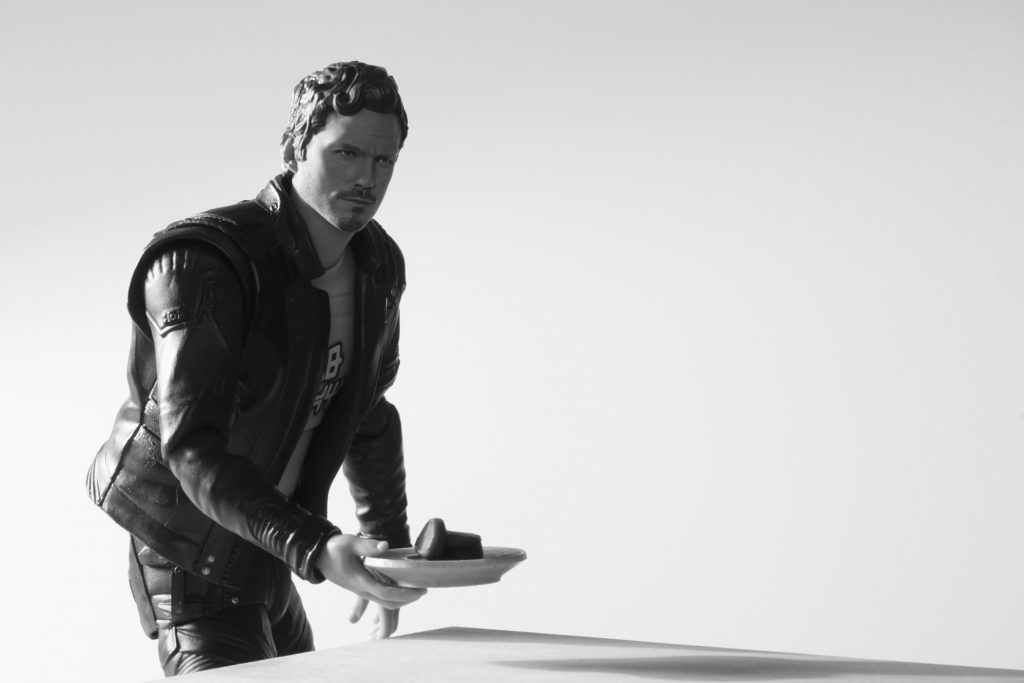

… you already have two pictures (or picture ideas) you want to turn into a six-image narrative? Stick something between them to forge a connection the way we did in the discussion of the plate.
Alternatively, we could decide the pictures we already have are the second and the fifth in our six-image narrative. When building our story, we can go back before the earlier of the two moments we have. Or we can think of things happening after the later moment in our sequence. Again, look for clues: What happened in the world of the narrative before the respective pictures were taken? What’s likely to happen next? This is what I actually did with my “the cat ate the food” story.
We now have our basic tools:
- Look for things that might carry the action from one picture to another (I call them clues)
- Add pictures ‘before’ or ‘after’ your picture to build a sequence
- Insert pictures between other pictures to tell the story
… you have five pictures and are desperate for number six? Same story and, in my eyes, the easiest. Every action can be divided into smaller bits of action. Try that. For example, when we show someone entering a house through the door, then a finger ringing the bell or a key turning in a lock may add the sixth picture—and both suspense and atmosphere if you do it well!
Will the audience buy it?
Basically, the audience will follow where you lead. Since narratives are our way of making sense of the everyday world, everyone understanding that your pictures are to be seen as a narrative will bring everything they know to the table. They will try to make sense of your narrative on that basis. Here’s a glance at how it works: In the 1920s Lev Kuleshov showed that
“the connection of two wholly unrelated images seen in connection creates a new meaning that didn’t exist before. He created the simplest of experiments to test his theory. He filmed a close-up of the actor Ivan Mozzhukhin, who was essentially expressionless, and then separately filmed a bowl of soup, a young girl, and an old woman in a coffin. He put this all together in one piece, interjecting the same shot of the actor in front of each of the objects and then showed it to audiences, ‘which marveled at the sensitivity of the acting’ as Mozzhukhin seemingly looked at each of the objects. In other words, they perceived a change in the actor in reaction to each of the objects that in actuality was nonexistent. Based on the images, the audience was actively reading and constructing a narrative that wouldn’t have been supported by each image alone.”3
For me, this experiment shows the strength of our desire to see stories even where they do not exist. As the six images of Kuleshov’s experiment were subject to interpretation, so are our six-image narratives. If you limit the possibilities of interpretation (so as to make understanding easier) or if you keep your work ‘open’ is entirely up to you. Guide your audience with headlines, captions or comments. Or just give the audience nothing but the pictures to figure them out, allowing them to engage with your tale more actively.4
Don’t I need a plot?
As you can see, my approach is very visual. I rarely have a complete plot when I start photographing, it’s more like a general idea of direction. I love to be surprised by my pictures assuming meanings I hadn’t thought of before. In that sense I feel that pictures beget pictures, narratives beget sub-narratives, and prequels, and sequels. I let the plot evolve…
And here lies one of the greatest advantages of the six-image narrative. It is so short that we can actually play it by ear. Once the narrative gets longer, it might no longer suffice to build a bridge from moment A to moment B. We might want to write a storyboard.
Or don’t we? Even Raymond Chandler’s The Big Sleep just seems to connect a couple of scenes rather than following a seamless plot.5 In fact, improvisation can go a long way! I’ll take a close look at an improvised piece of narrative in a post of its own.
1) I think part of this idea can be found in Italo Calvino’s Castle of Crossed Destinies. In this novel a group of people meets in a castle where they all loose their ability to speak. However, they find a deck of Tarot cards and they lay out the cards in sequence in order to tell their stories.
2) I am sure this makeshift definition owes to Arthur C. Danto’s Analytical Philosophy of History but I can’t find the quote. Maybe it’s a productive misunderstanding anyways. I thought about using ‘actions’ or ‘events’ in place of ‘situations’ here, but calling something an action or an event implies narrative. It’s already an interpretation of different moments in time. This would be interesting to argue, but let’s just leave it at that.
3) Stephen Apkon, The Age of the Image. Redefining Literacy in a World of Screens, New York: Farrar, Straus and Giroux 2014, 68-69
4) If this sounds interesting, dig into Scott McCloud’s Understanding Comics. It’s a comic about comics that offers lots of insights … and is a fun read!
5) “In writing the full-length work Chandler undertook an extraordinary series of ‘cannibalizations’ (his term), combining the plots of two of his Black Mask stories, ‘The Curtain’ (1936) and ‘Killer in the Rain’ (1935), adding a couple of scenes from a third, ‘Finger Man’ (1934), and borrowing bits and pieces from other stories along the way. […] Chandler didn’t intend to disorient the reader or to break apart the conventional flow of narrative. Nonetheless, it was a significant way to work if only because it resulted in an emphasis on individual scenes over a seamlessly woven plot.” (From the introduction to The Annotated Big Sleep by Raymond Chandler, annotated and edited by Owen Hill, Pamela Jackson, and Anthony Dean Rizzuto, https://crimereads.com/the-world-of-raymond-chandler-and-the-big-sleep/, accessed 30.04.2021)


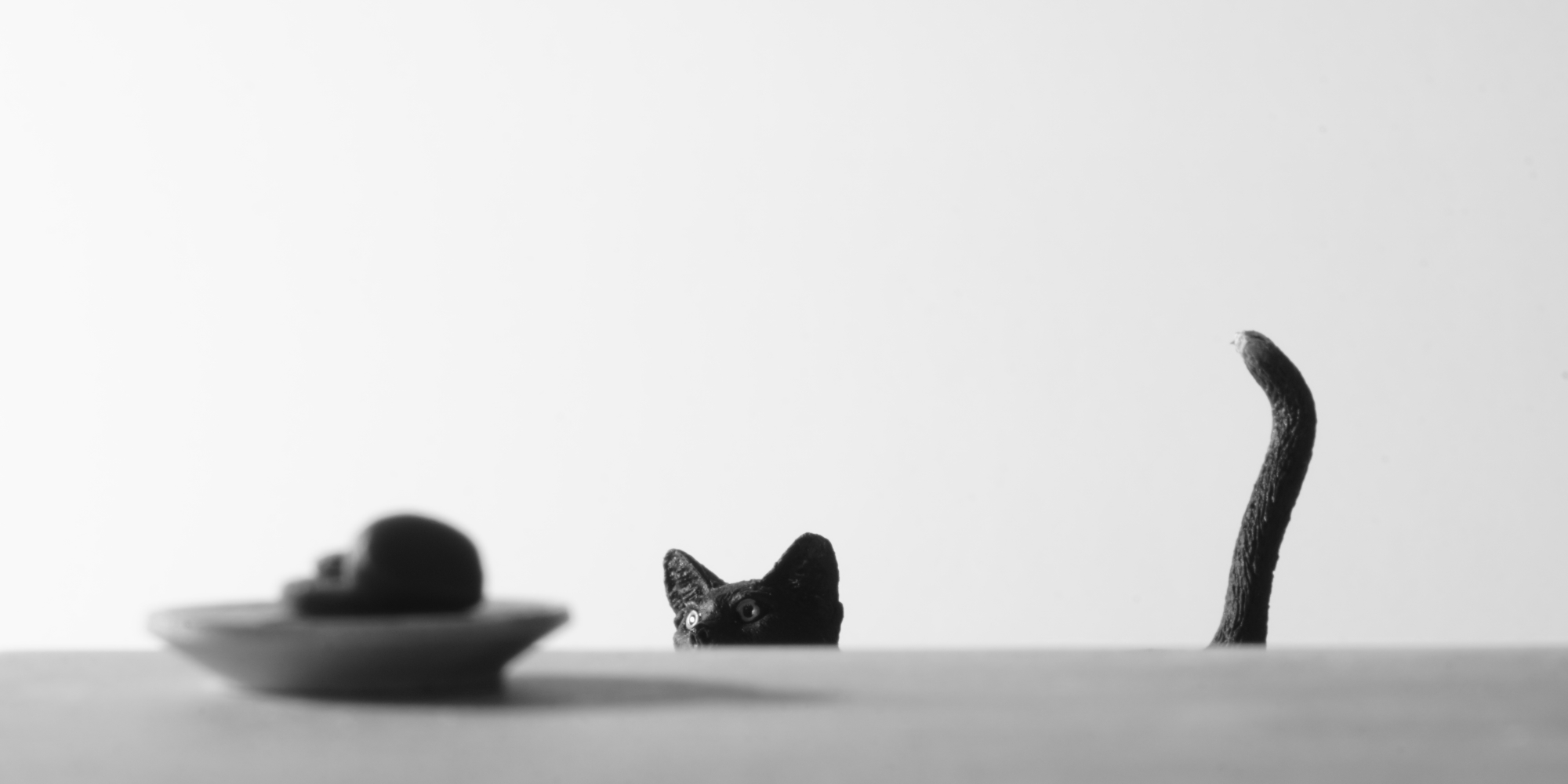
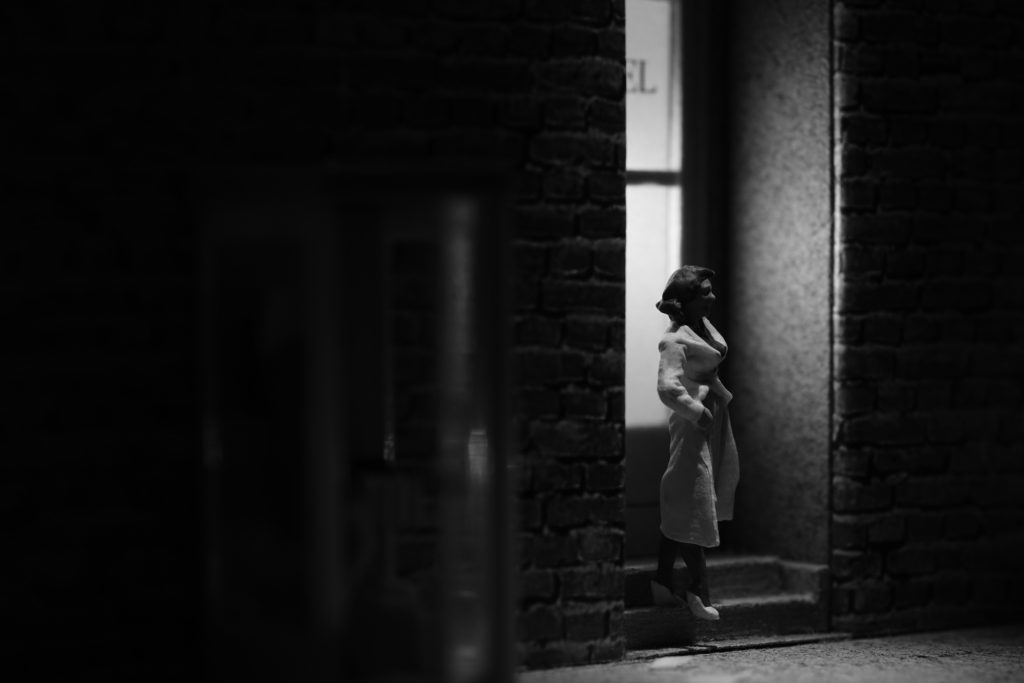
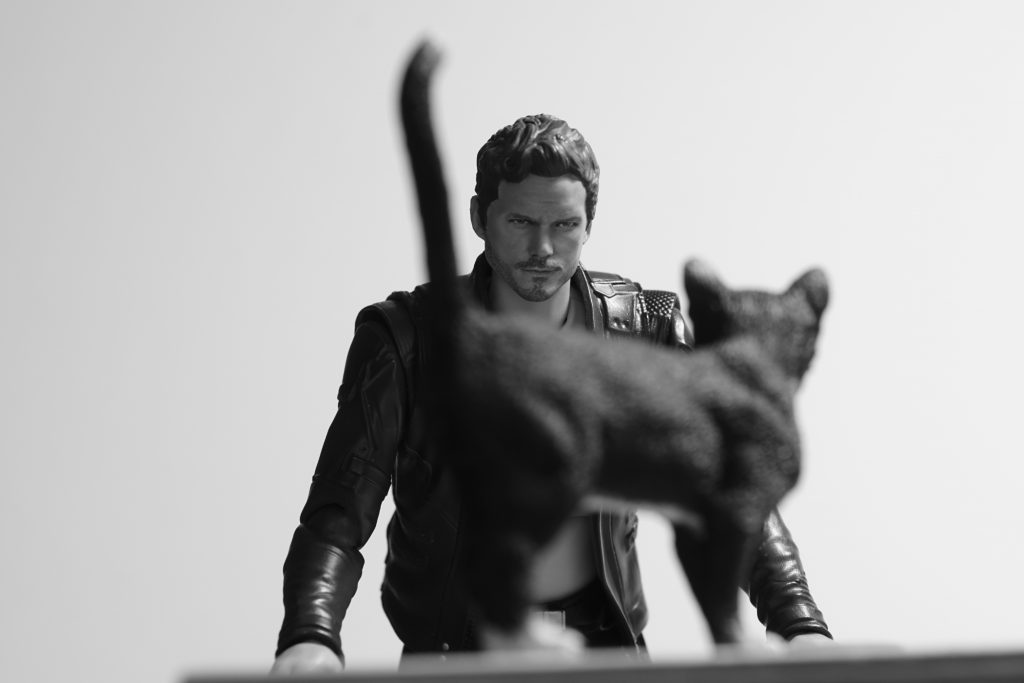
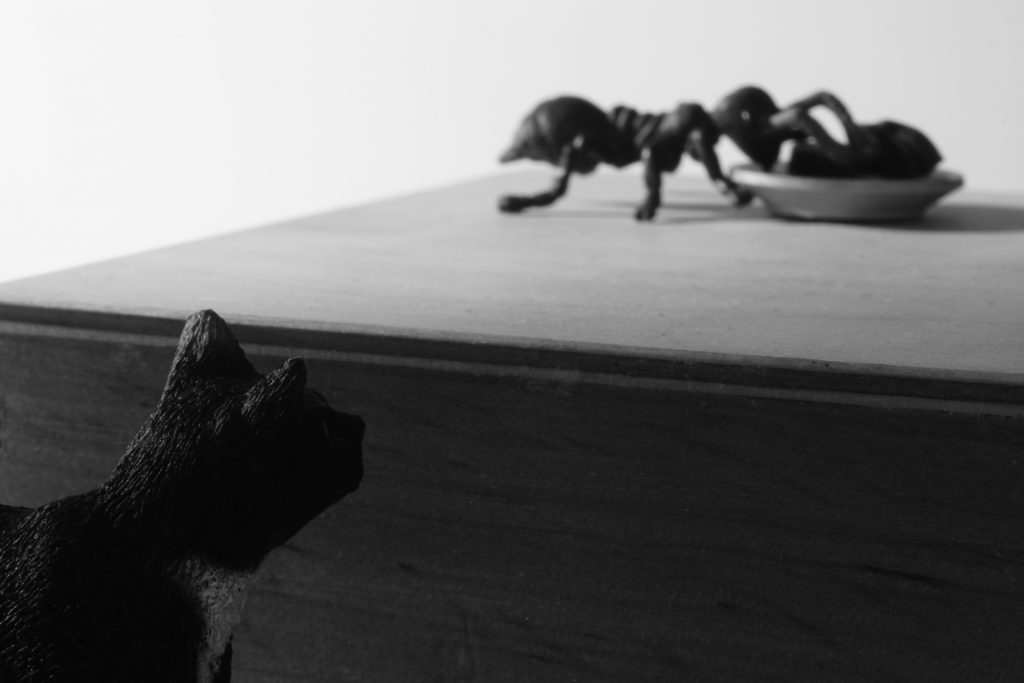
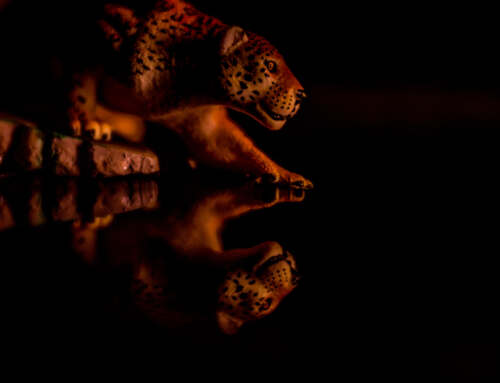

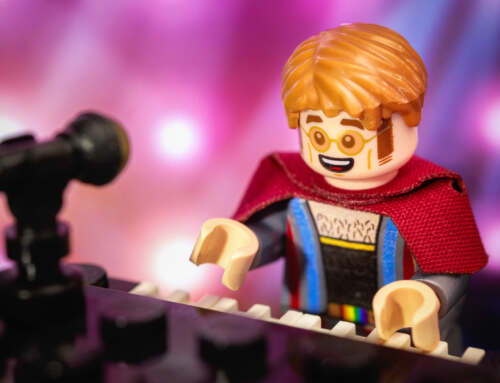
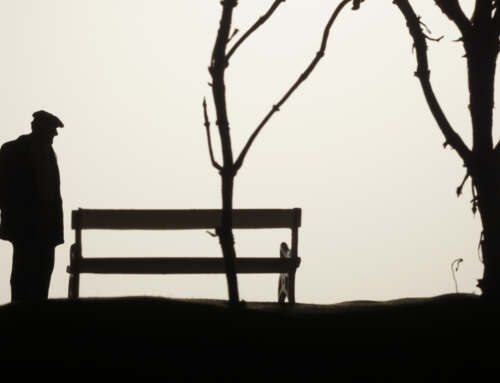
I love the way you break down the process, Tobias. Thank you for sharing these ideas!
My pleasure! Thanks for your support, Teddi!
Tobias, thank you for sharing your process. I remember when we talked about this in the MeWe and I learned so much. To be able to read your process, your tips, and the links to what inspires your is awesome.